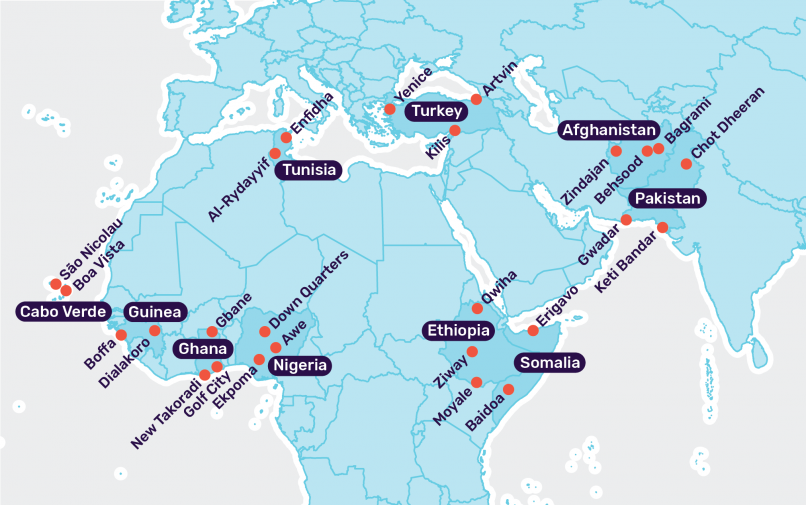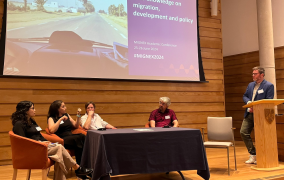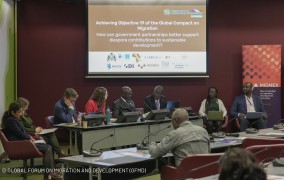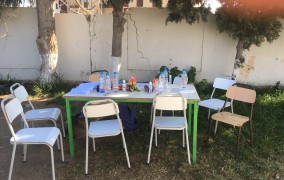News
MIGNEX team selects local areas for data collection
MIGNEX zooms in on migration and development at the local level. We have now completed the selection of diverse research areas across ten countries.

The debate about migration and development often sees ‘development’ in broad terms such as changes in a country’s per capita income or human development index. By contrast, MIGNEX seeks to understand how migration is linked to specific, and often localized, aspects of development.
Our research plan sets the number of local research areas at 25. We are preparing for data collection in 26 areas in order to strengthen the data and have a safety margin for unforeseen obstacles. In each of the ten countries covered by the project, two or three areas have been selected and briefly presented on the MIGNEX website.
The areas are deliberately diverse. In our Westernmost country, Cabo Verde, the island of Boa Vista has been transformed from a quiet backwater to a major tourist destination. Over the same period, the town of Al-Rudayyif in Tunisia has seen the collapse of the mining industry, rising unemployment and waves of protest. How do such different development trajectories interact with migration dynamics?
The selection of research areas was based on background research, expert consultations, and the requirements for ‘research areas’ dictated by our methodology. The resulting range of areas ensures that we have complementary experiences within each country as well as at the overall project level.
Data collection in each area will include a survey with 500 respondents, key informant interviews and focus groups. These data will be used for Qualitative Comparative Analysis (QCA) that compares and contrasts the local areas, as well as for analyses at the individual and household level.
In August 2021 we will publish a series of Case Study Briefs with presentations of migration and development dynamics in all the research areas.



